Market Trends
Key Emerging Trends in the Active and Intelligent Packaging Market
Currently, the packaging industry is having significant trends that are transforming it like never. For example, active packaging involving incorporation or inclusion of materials/components into pack to enhance product preservation period and quality. Conversely, intelligent packing entails labeling, sensing or indicating a product’s condition or interaction with environment. Combining features of intelligence and active in packages becomes relevant because demand for sustainability across different sectors necessitates innovative solutions.
Another notable trend in today’s A&IP market is the push by some organizations from various sectors such as food processing towards sustainability. So, companies are now going for green alternatives henceforth while fostering eco-friendly ideas due to consumer awareness on ecological changes they cause Smart technologies have enabled prolonging shelf life thereby reducing food wastage to save freshness over time so that people do not eat rotten foodstuff. Moreover, efficient smart labels can indicate where production was carried out as well as show information on carbon footprinting touching areas related to global warming corporate social responsibility.
The third trend is the integration of packaging with Internet of Things (IoT). This means that sensors/radio-frequency identification (RFID) tags get fitted into packaging materials thus facilitating tracking and monitoring during transportation or storage. The other important aspect about this link is that it allows anyone to watch the movement of items along this supply chain thereby maintaining its integrity and good quality too IoT adoption in A&IP has resulted in better management of inventory ensuring low operational costs for companies while increasing traceability levels.
The healthcare and pharmaceutical industries have embraced active & intelligent packaging solutions to a great extent. They are used in monitoring conditions like temperature, humidity, light exposure among others which affect drugs safety right from production lines until they reach consumers’ hands It also enables patients know when exactly they should be taking medications hence creating room for discussion with health care providers leading to improved outcomes as well as medication adherence.
For instance, there is online shopping which requires innovative packages that address issues such as tampering with contents, shipping damage and at the same time advocating for easy disposal processes. As a result package development that includes features such as tags showing efforts made against opening except on first use should come handy in online trade networks since it enables real-time tracking.

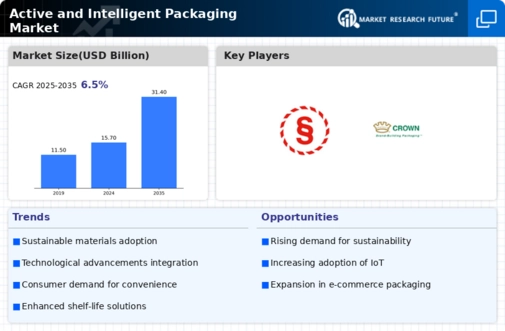
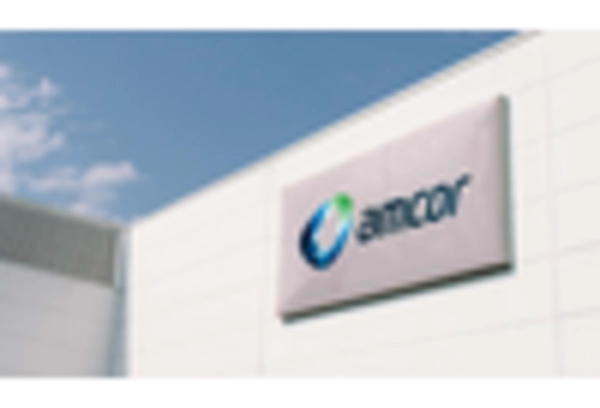
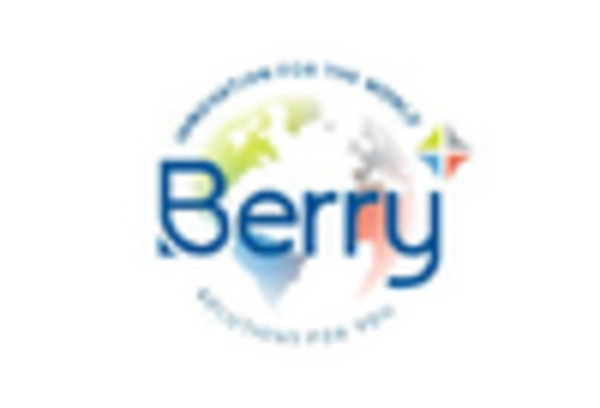
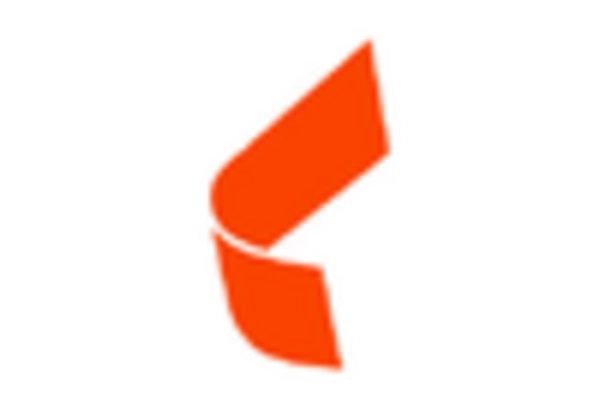
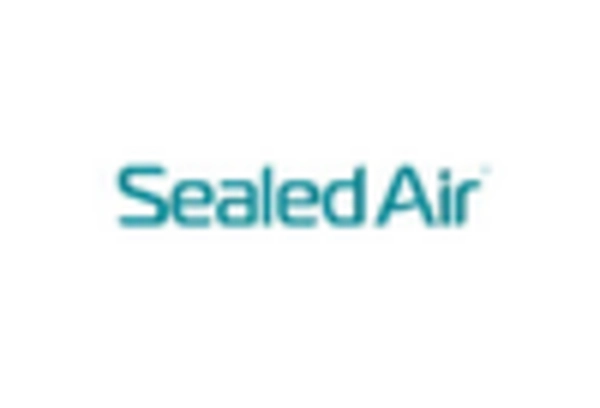
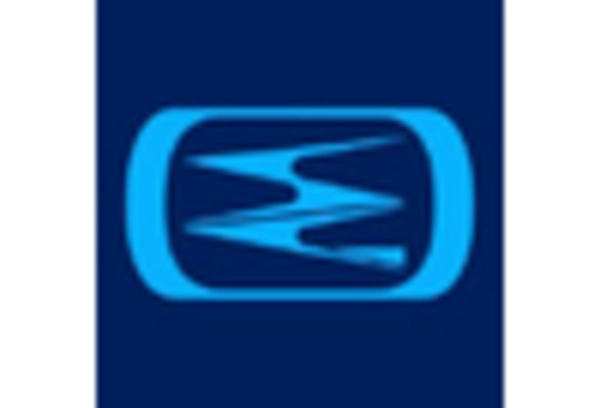
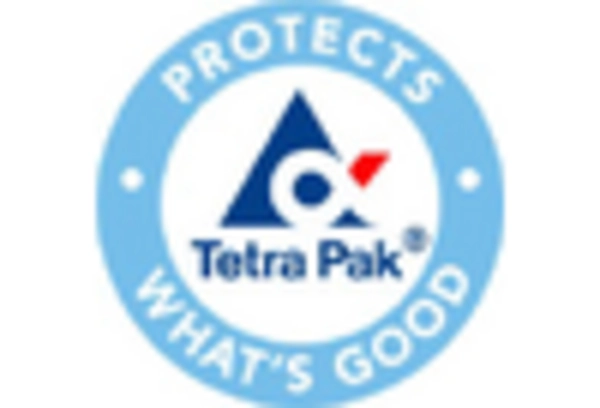









Leave a Comment